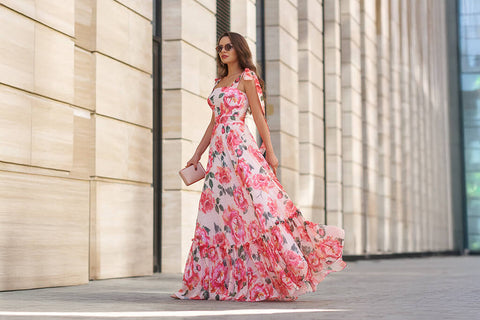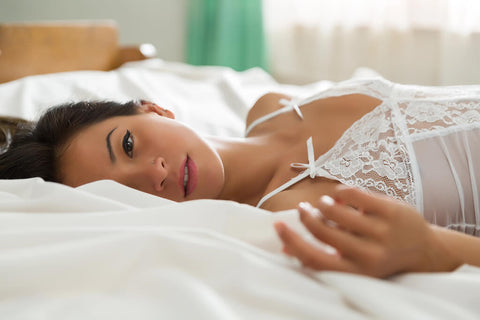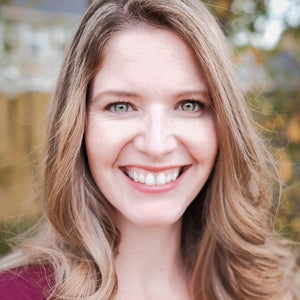-
Lightroom Presets
- Mobile Presets
-
Photoshop
-
Learn
-
Support
-
Install
- Best Sellers
- Blog
By Lea Hartman on | No Comments

Interior photography is, in my opinion, underrated. While it may not be the most glamorous or exciting genre, it is one that we all appreciate on a daily basis.
When you go to Lowe’s to pick out paint colors, you’re likely to grab a catalog that displays some of the options. And when you flip through furniture ads you’re probably looking at a picture of a nicely staged living room.
How many of us drool over the images of Fixer Upper’s latest remodel? What about shopping for a new home? You’re drawn to the listings that have beautiful professional photographs showcasing the property, right?
We often think of photography as showcasing our work, our images, but interior photography allows interior designers and stylists the opportunity to showcase their work, something the world would never see without an image to document it.
Rather than being a strictly client relationship, it’s more like a collaboration between creatives and it’s my happy place.
Regardless of whether you want to tackle this genre primarily or you’re looking for something to photograph during the portrait slow season, everyone can benefit from some knowledge on how to make a space looks it’s best.
Here are my top five interior photography tips:
This is not the time to shoot wide open. You don’t want blurred backgrounds, everything should be crisp and sharp. I typically shoot anywhere between f/4.0 and f/9, depending on the lens and the amount of available natural light (I prefer not to use flash).

You know when your client poses a certain way and they think they look great but you know it won’t work? Yeah, it’s like that.
Sometimes, no matter how beautiful something is, it just doesn’t photograph well. I have moved picture frames that caused too much glare, sofa throws whose pattern created too much moire effect, adjusted the angle of furniture so the space would appear more open, removed items from the frame that looked cluttered, etc.
If a designer or stylist or real estate agent is hiring you, this is especially important. Trust me, they want to hear your professional suggestions!

When photographing interiors, the space is your subject and you want to make it look its best.
If you were photographing a high school senior and she had hair out of place or a smudge in her lipstick, you would absolutely pause and make sure those things were corrected before you clicked the shutter.
A space is no different and there are things that, just like smudged lipstick, would be an absolute bear to try to fix in post processing! Take the time to clear clutter, dust surfaces, straighten wall art, lighting is good, etc.

With interior photography, you're trying to maximize the space and use angles to make the area feel as large as possible. If you have to crop in post, then you are losing that valuable space.
Take the time to ensure your image is straight, symmetrical if possible, and that your frame is filled exactly as you’d like. If that means using a tripod, do it! Not only will it save you time in editing, but the space will really shine.
While realtors will care more about showcasing as much of the space as possible, designers, stylists and publications will place a higher emphasis on using imagery to create the mood or feeling they hope to evoke in the viewer.
This means including “vignettes”. A vignette is a highlighted portion of the space where you would crop in a little tighter.

This is the last, but also my personal favorite interior photography tip! If you do nothing else, do this!
When photographing people, we learn early on that photographing someone from a lower angle isn’t very flattering. It distorts their proportions, gives them a double chin and is especially harsh for women. BUT that distortion in size is actually really flattering for an interior.
An image doesn’t have peripheral vision so the viewer doesn’t get the full scope of the space. But photographing a room from a lower angle, you’re able to fit more of the interior into the frame, thereby making it appear that the viewer is seeing more of the space.
When photographing interiors, I almost always photograph from around waist level. Now, I’m 5’10” so don’t take that as a rule of thumb because if you are petite, then waist level may be a little too low.

Personally, I enjoy the tranquility of being left alone in a quiet home and working independently. It’s not for everyone, but my introverted self loves it!
Read Lea's follow-up blog posts: How to Edit Interior Photos in Lightoom and Finding My Passion in Editorial Photography.
Do you have any questions or comments about Interior Photography? Leave us a comment below - we would LOVE to hear from you! And PLEASE SHARE this post using the social sharing buttons (we really appreciate it)!




Lea is a self taught natural light photographer currently based out of North Carolina. Happily married for 14 years, she and her lover boy are raising three crazy kids wherever the army sends them. She's addicted to coffee, jamberry and her dog, Huxley.

Comments